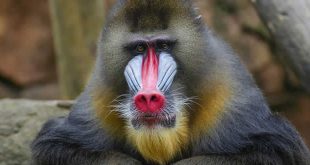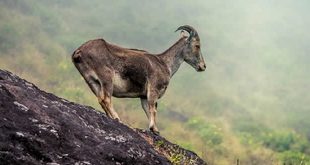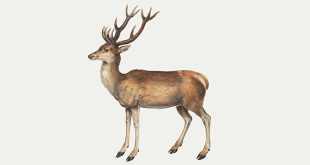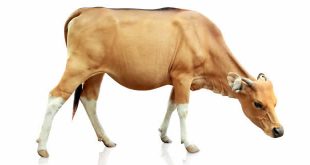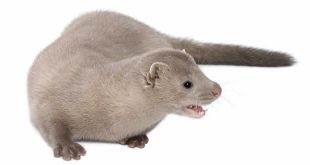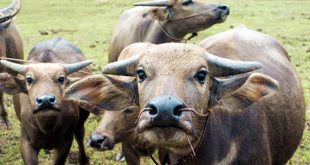 Skunk — Skunks are mammals, usually with black-and-white fur, that are best known for their ability to excrete a strong, foul-smelling odor. They belong to the family Mephitidae and to the order Carnivora. There are 11 species of skunks, which are divided into four genera: Mephitis (hooded and striped skunks, two species), Spilogale (spotted skunks, two species), Mydaus (stink badgers, two species), and Conepatus (hog-nosed skunks, five species). The two skunk species in the Mydaus genus inhabit Indonesia and the Philippines; all other skunks inhabit the Americas from Canada to central South America.
Skunk — Skunks are mammals, usually with black-and-white fur, that are best known for their ability to excrete a strong, foul-smelling odor. They belong to the family Mephitidae and to the order Carnivora. There are 11 species of skunks, which are divided into four genera: Mephitis (hooded and striped skunks, two species), Spilogale (spotted skunks, two species), Mydaus (stink badgers, two species), and Conepatus (hog-nosed skunks, five species). The two skunk species in the Mydaus genus inhabit Indonesia and the Philippines; all other skunks inhabit the Americas from Canada to central South America.
Skunks were formerly considered to be a subfamily of the Mustelidae family of weasels and related animals (where some taxonomists still place them), but recent genetic evidence shows that they are not as closely related to the Mustelidae as formerly thought.
Skunks are sometimes called polecats because of their visual similarity to the European polecat (Mustela putorius), a member of the Mustelidae family.
Skunk species vary in size from about 15.6 inches (40 cm) to 37 in. (70 cm) and in weight from about 1.1 lb. (0.5 kg) (the spotted skunks) to 18 lb. (8.2 kg) (the hog-nosed skunks) They have a moderately elongated body with reasonably short, well-muscled legs, and long front claws for digging.
Although the most common fur color is black and white, some skunks are brown or gray, and a few are cream-colored. All skunks are striped, even from birth. They may have a single thick stripe across back and tail, two thinner stripes, or a series of white spots and broken stripes (in the case of the spotted skunk). Some also have stripes on their legs.
Skunks are crepuscular, and are solitary animals when not breeding, though in the colder parts of their range they may gather in communal dens for warmth. During the day they shelter in burrows that they dig with their powerful front claws, or in other man-made or natural hollows as the opportunity arises. Both sexes occupy overlapping home ranges through the greater part of the year; typically 2 to 4 km² for females, up to 20 km² for males.
Unlike the fictional “Flower” in the movie Bambi, real skunks do not hibernate in the winter. However they do remain generally inactive and feed rarely. They often overwinter in a huddle of one male and multiple (as many as twelve) females. The same winter den is often repeatedly used whether under a house or in a tree.
Although they have excellent senses of smell and hearing — vital attributes in a crepuscular omnivore — they have poor vision. They cannot see objects more than about 3 metres away with any clarity, which makes them very vulnerable to road traffic. Roughly half of all skunk deaths are caused by humans, as roadkill, or as a result of shooting and poisoning. They are short-lived animals: fewer than 10% survive for longer than three years.
 Kids Portal For Parents India Kids Network
Kids Portal For Parents India Kids Network
